| अनुवाद |
Übersetzen sie |
WORKING
|
Traduisez |
ترجم |
| перевести |
Traduca |
Traduzca |
翻译 |
|
Telegraph stamps of the World
Click here for a site-map. |
Select currency. Default = GBP (1.0)
|
Typesetting.
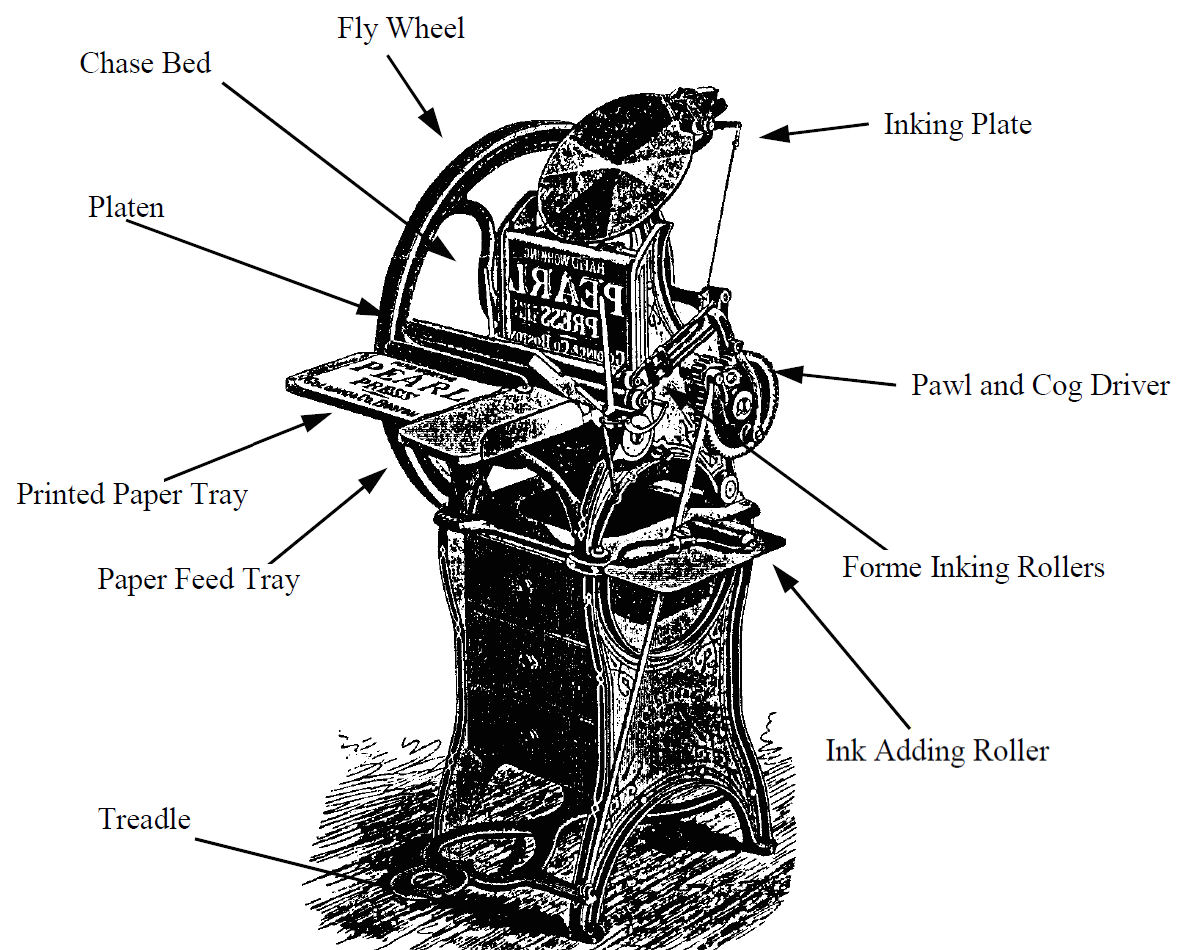
A popular manual printing machine of late 19th century onwards that was manufactured in Boston, USA and distributed from London for use in many countries, including the Orange Free State where it was used extensively for overprinting stamps.. |
 |
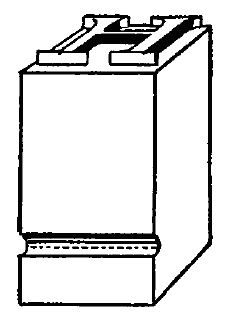 |
| Bits of type ("sorts") were available in various sizes and fonts, normally made of lead. The size is given in 'points' which is the height in units of 1/72 of an inch, about 0.35mm. The term "pica" is sometimes used, this is equal to 12 points. The bits of type are kept in a case with 2 sections for the "upper case" and the "lower case". Various sized spacers are also included, which may be made of copper (½ point thick) or brass (1 point thick). These were the same point sizes but of different thicknesses to provided spaces between words, blocks of text and between ends of text and the edge of areas of text. To help with this there were also "Leads" and "Slugs", which were long strips of type metal of various thicknesses. From 1 point to 5 points they were called leads. 6 points and up were referred to as slugs, with lengths measured in picas. |
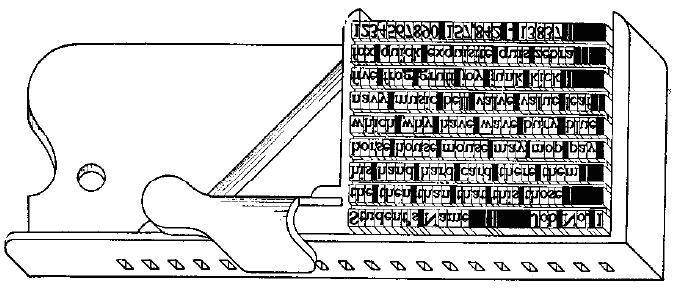 |
A square spacer was called an "M-quad", one half the width of that was called an "N-quad", with one third the width of an "M-quad" being called a "3-em", the normal space between words, but sometimes a 4-em (a quarter).
The sorts, spacers etc., were fitted into a "composing stick", from left to right, upside down (nicks in the type bits upwards). An adjustable stop called a 'knee', determines the width of the block of text. Spacers are used between words and to pack the area of text to the same length in the composing stick. Spacing beween lines of type is done with thin strips of lead. |
 |
|
When the composing stick was nearly full of text, the last lead was added and the text was transferred to a "galley".
This needs to be done carefully, sliding it from the composing stick after removing the knee.
The composing stick was then filled again and transferred to the galley, and so on until the page is completed.
At this point it is referred to as a ‘Forme’ or ‘Form’.
A proof pulled at this stage was referred to as a "galley proof".
The forme is then framed in a "Chase" frame made of steel, leaving the typeface proud of it. That is secured by surrounding it with "furniture" made of wood and/or metal. |
|
| |
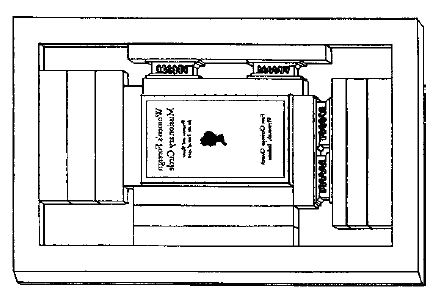 |
|
Final tightening is done by the use of a metal "Quoin" on two adjacent sides. The quoins do not come in direct contact with other metal work, but are padded by wood. The chase is then then lifted into the bed of the printing press and clamped into place ready for inking.
This has largely been put together using the information and images from Appendix A of this (16.3 MBytes) PDF by Robert W. Hisey and R. Timothy Bartshe.
Additional help and clarification was obtained from :
LetterpressCommons.com
and
St.Brigidpress.net |
|
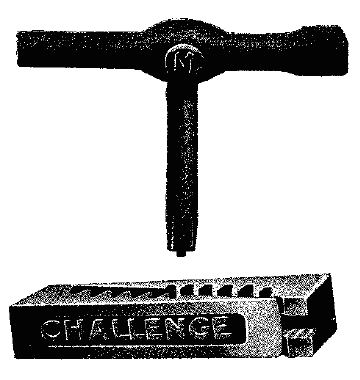
Quoin |
Linotype.
The above is the traditional low-tech. method which is still used today as it is relatively cheap.
However typesetting by this method is painfully slow to produce, for example newspapers.
In 1886, Ottmar Mergenthaler from Württemberg invented in the U.S.A. a machine to produce lines of type automatically in lead from keyboard input.
A keyboard was used to sellect sorts that dropped into a holder or "matrix". At the end of a line, the holder moved to the side and a jet of molten type metal fused them into a single lead.
These machines came to be called Linotype machines as a contraction of "Line of Type". They made a big impact on the speed of production of newspapers
It took a while to get funding, but by 1892 a thousand such machines had been produced in the U.S.A.
These machines could also be used to produce consistently typset overprint leads.
Comments, criticisms, information or suggestions are always welcome.

Please include the word 'Telegraphs' in the subject.
Last updated 20th. August 2021
©Copyright Steve Panting 2012/13/14/15/16/17/18/19/20/21 except where stated.
Permission is hereby granted to copy material for which the copyright is owned by myself, on condition that any data is not altered and this website is given credit.










